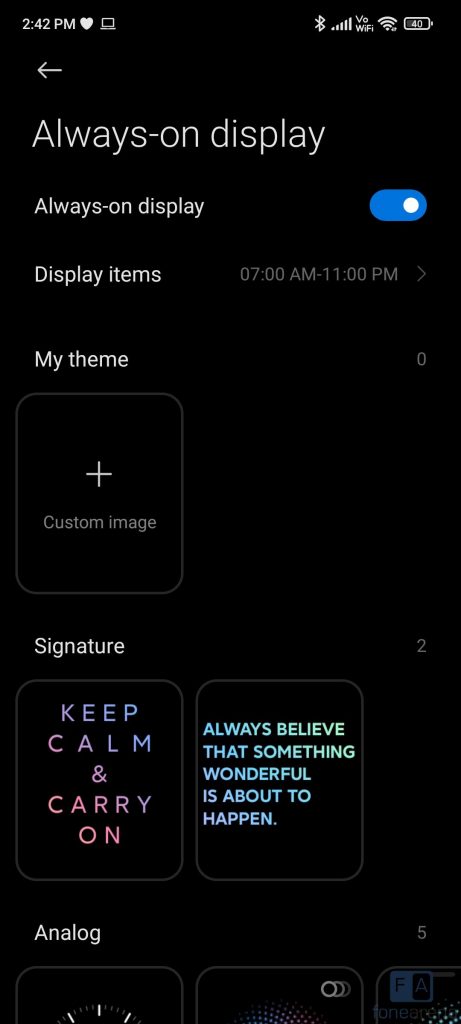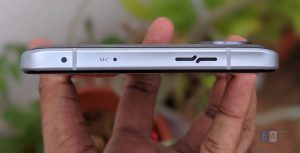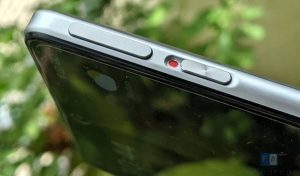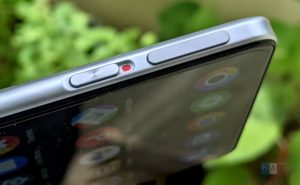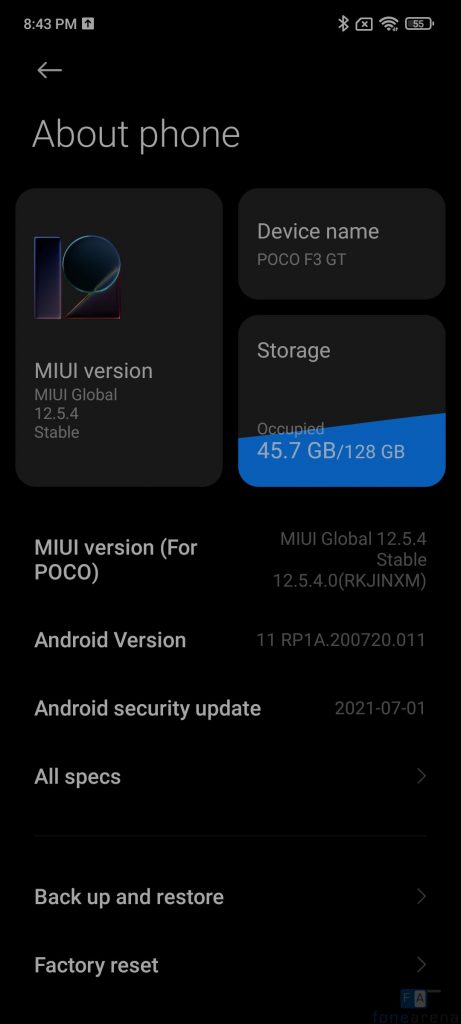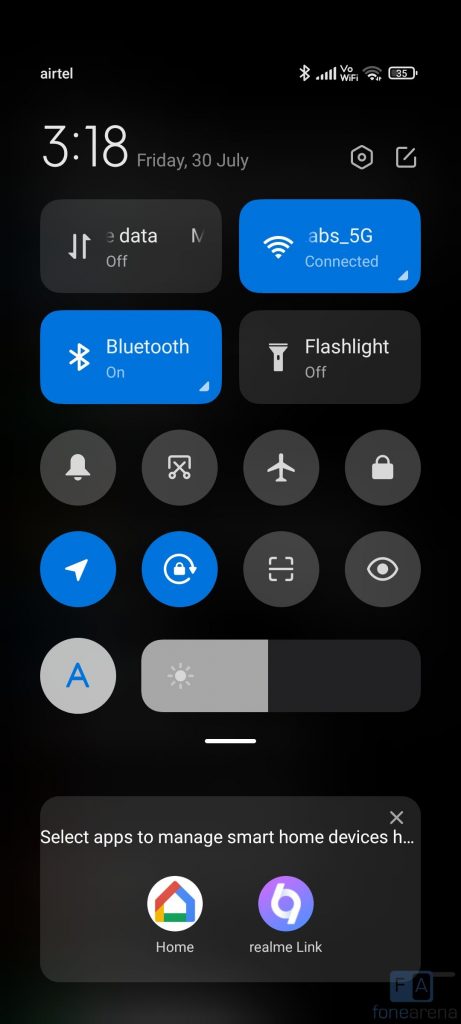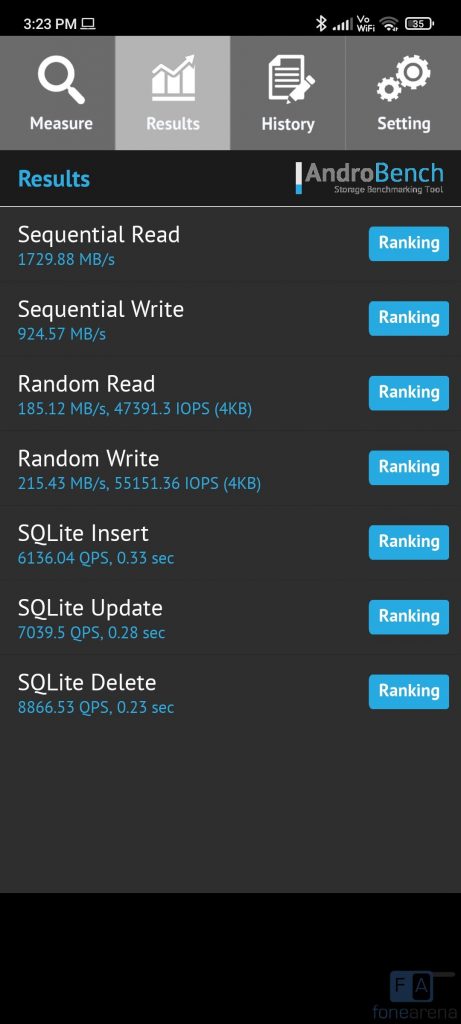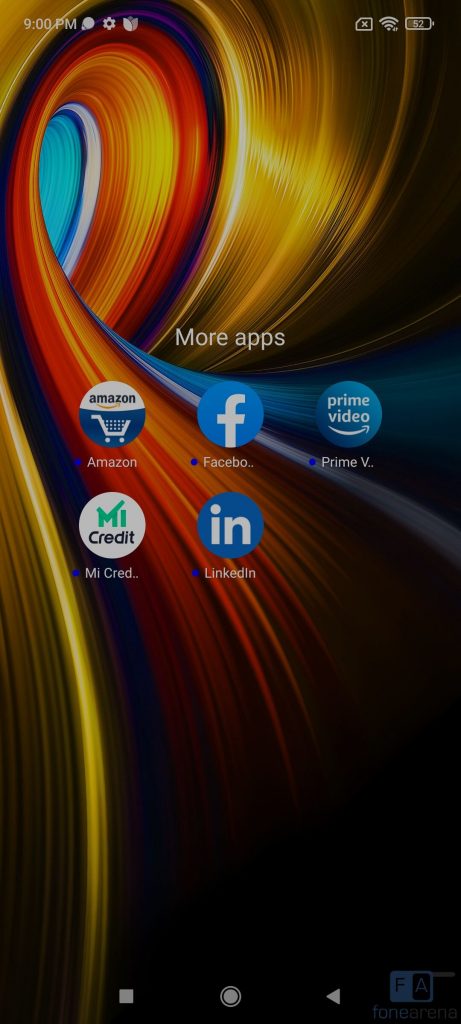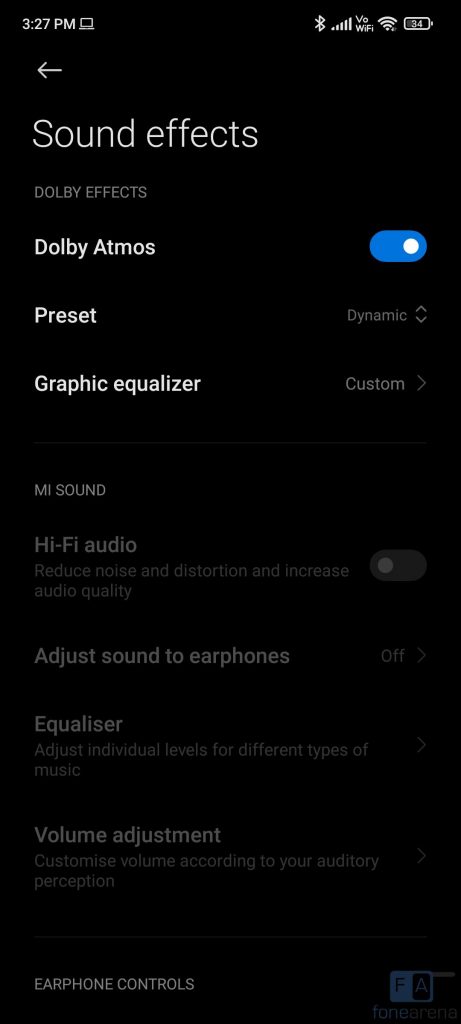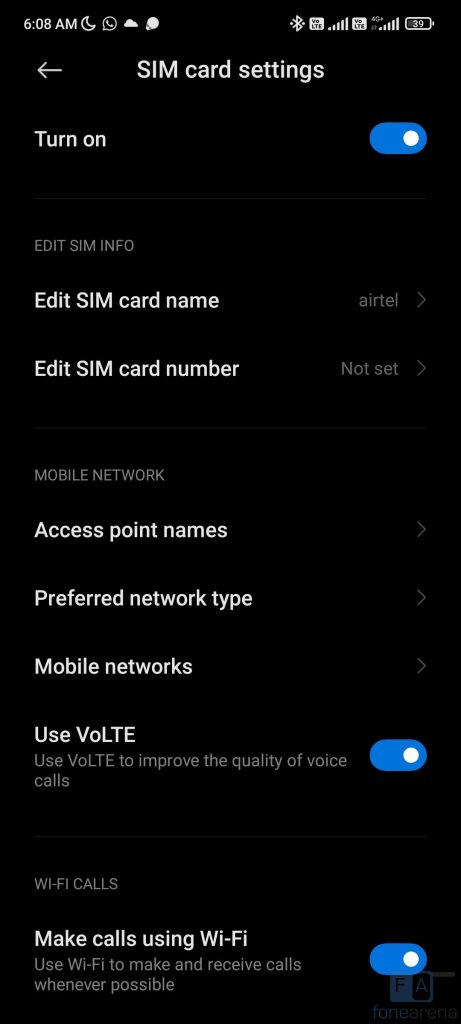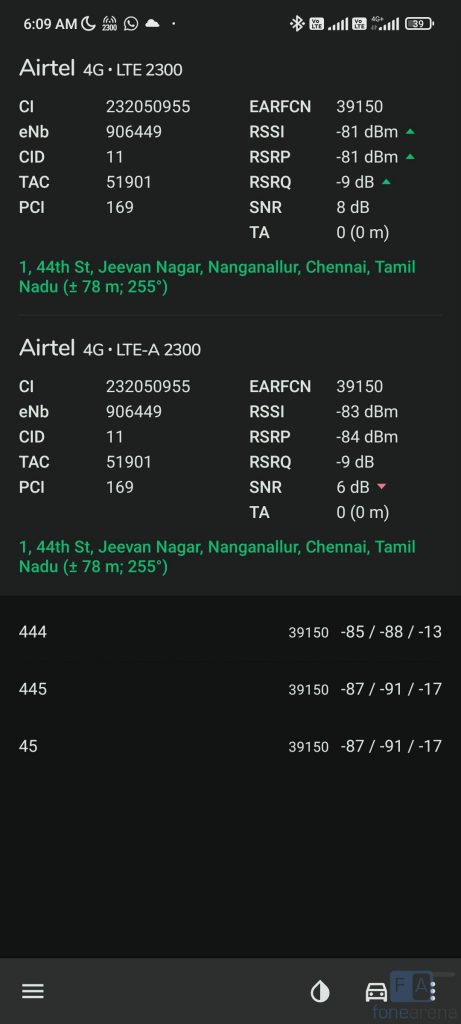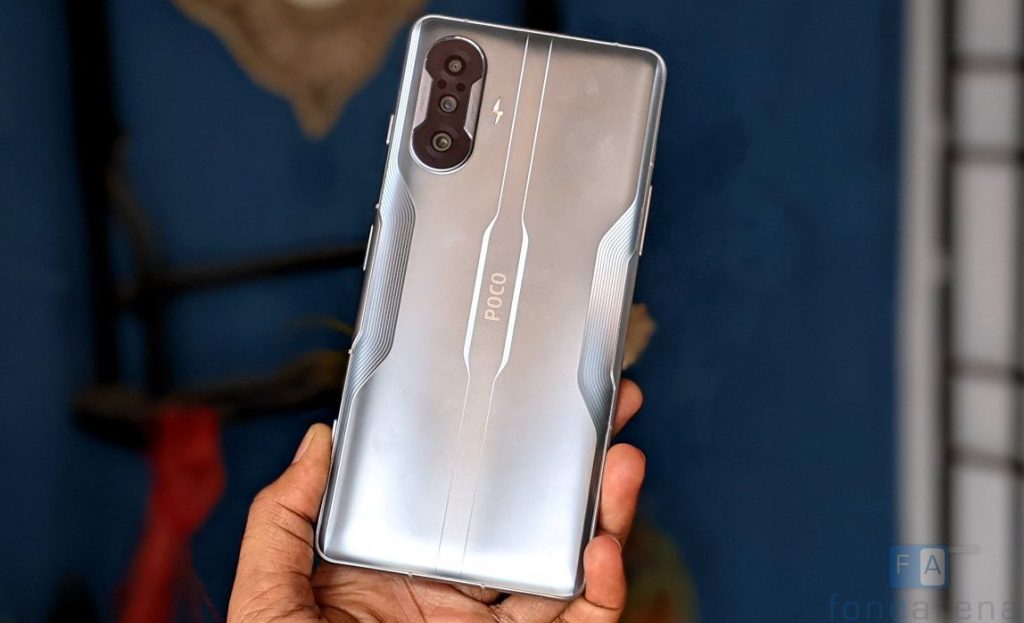
POCO launched the POCO F3 GT smartphone in India last week as an upgrade to the POCO F1 which was launched back in 2018. This comes after the POCO X3 Pro, which was also promoted as a gaming phone. The main thing that differentiates the F3 GT from the X3 Pro is its gaming triggers. Also, the Dimensity 1200 SoC offers slightly better performance compared to the Snapdragon 860 in the X3 Pro. The specifications look great on paper. Is this the best gaming phone under Rs. 30,000. Let us dive into the review to find out.
| Box Contents |
| Camera |
| Battery Life |
| Conclusion |
Box Contents
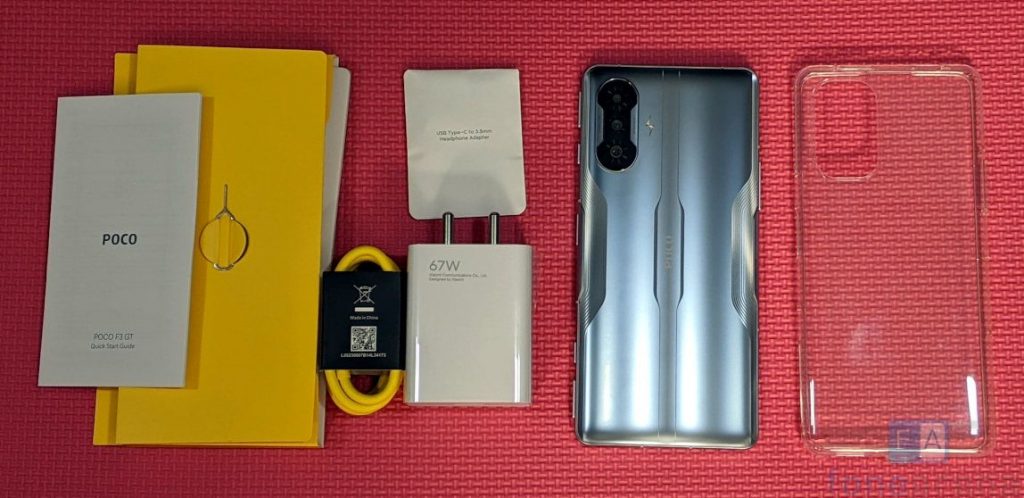
- POCO F3 GT 8GB + 128GB in Gunmetal Silver colour
- 2-pin 67W charger
- L-shaped USB Type-C cable in POCO yellow colour
- USB Type-C to 3.5mm converter
- Clear protective case
- SIM Ejector tool
- User guide
Display, Hardware and Design
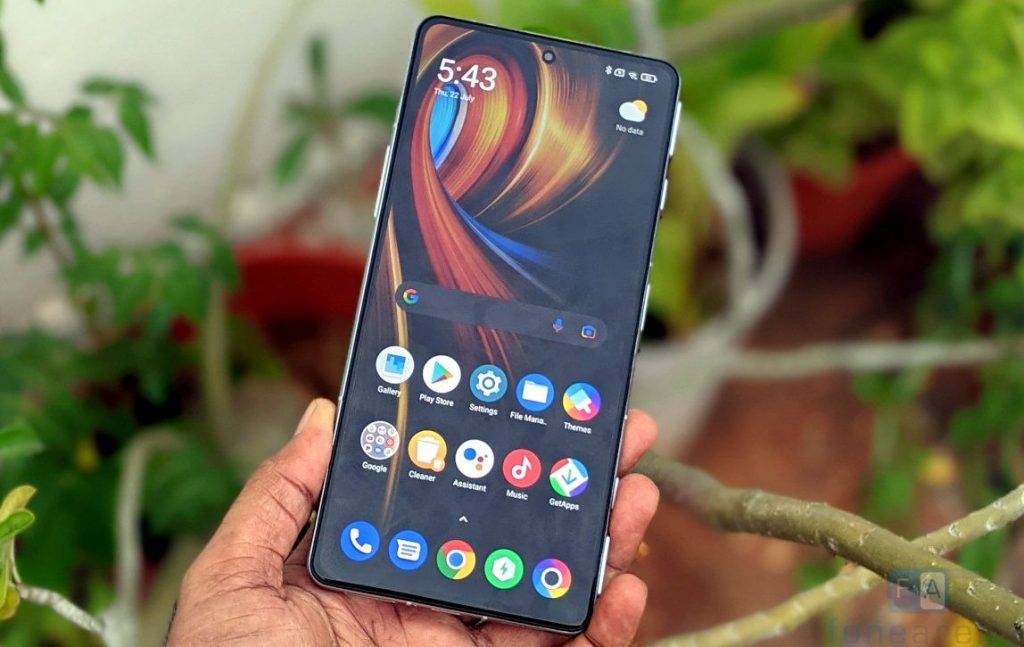
Starting with the display, the POCO F3 GT Pro has a 6.67-inch Full HD+ 10-bit AMOLED display with a pixel resolution of 2400 × 1080 pixels, 20:9 aspect ratio 2.5D curved glass screen and a pixel density of about 384 PPI. The display is bright, thanks to 500 nits (typical), and 1300nits peak brightness, which is enabled when you are watching HDR content. It has 5,000,000:1 contrast ratio and 100% DCI-P3 colour gamut, so the colours are vibrant.
The main highlight of the display is its 120Hz display refresh rate and 480Hz touch sampling rate, which when enabled offers a buttery smooth user experience, especially when you are scrolling through the UI and when gaming. This doesn’t have adaptive refresh rate, it can only switch between 60Hz and 120Hz. It also has HDR 10+ support, which works for YouTube and Netflix. The phone comes with Corning Gorilla Glass 5 protection.
Under the display options, there are different options to adjust colours and contrast based on your preference. There is also a reading mode that lets you reduce the display’s blue light emission, so it doesn’t cause eye strain when you are reading at night, but this will be disabled when you play HDR videos. There is Dark mode, similar to other MIUI phones. You also get an option to enable dark mode to apps that are installed, but it doesn’t look good on most apps. You can also enable DC Dimming or Anti-flicker mode that prevents extensive flickering and reduce eye strain in low light conditions, but this only works in 60Hz.
The phone always-on-display, which can be enabled from display settings. It has a range of clock faces to choose from, and you can set one of 3 lock screen animations for notifications. This doesn’t consume a lot of power since this is an AMOLED screen, but the company says that it increases the power consumption, so it turns off automatically when the phone stays dark for a long time or battery saver restrictions are applied. It also has super wallpaper or live wallpaper that the Redmi Note 10 series with AMOLED screen lacks.
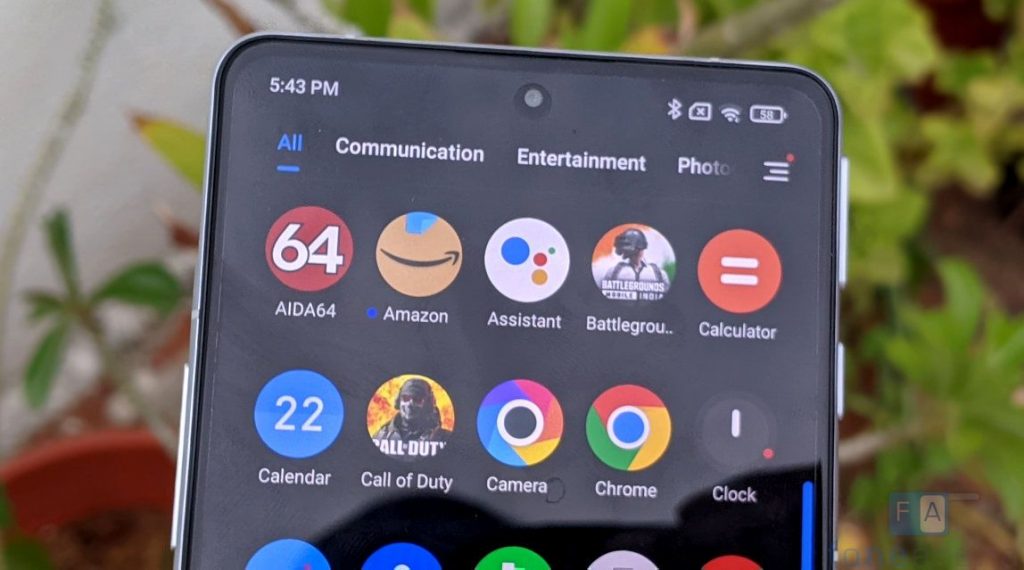
The phone has a tiny punch-hole that houses a 16-megapixel camera, which doesn’t disturb when watching videos since it just occupies a small space. Above the display there is an earpiece on the top edge which also doubles up as a secondary speaker. The phone also has the usual set of proximity and ambient light sensors, as well as a gyroscope and a magnetic sensor, otherwise known as a magnetometer.
Coming to the button placements, the volume rockers are present on the left side. You can also see the third microphone, which is useful when gaming. On the right side, there is a fingerprint sensor, which also doubles up as the power button. You can also see the Maglev magnetic dual-triggers offering a stable and realistic pressing feedback, thanks to its mechanical structure. On the top there is an IR blaster, secondary microphone and vent for speakers. On the bottom there is a dual SIM slot, primary microphone, USB Type-C port and a loudspeaker grill.
The phone doesn’t have a microSD card slot or a 3.5mm audio jack. Even the lack of microSD slot is fine since you get 128GB and even 256GB storage options, but for a gaming phone, 3.5mm audio is important when playing games since you can’t charge the phone if you are using a USB Type-C headphones. The company provides a Type-C to 3.5mm converter in the box, which most companies don’t offer.
Compared with the traditional mechanical transmission structure, the magnetic triggers can effectively reduce the wear-out in daily use, with a lifespan of up to 1.5 million taps, says the company. This is useful when gaming since it offers a tactile feel when playing, but it needs some time to get used to it, especially in shooters like BGMI and COD. These triggers can also launch the game turbo when they are opened together.
The phone features an X-axis linear vibration motor, which enables over 150 custom vibration patterns across the UI for the best haptic experience, and the difference can be felt when using the phone.
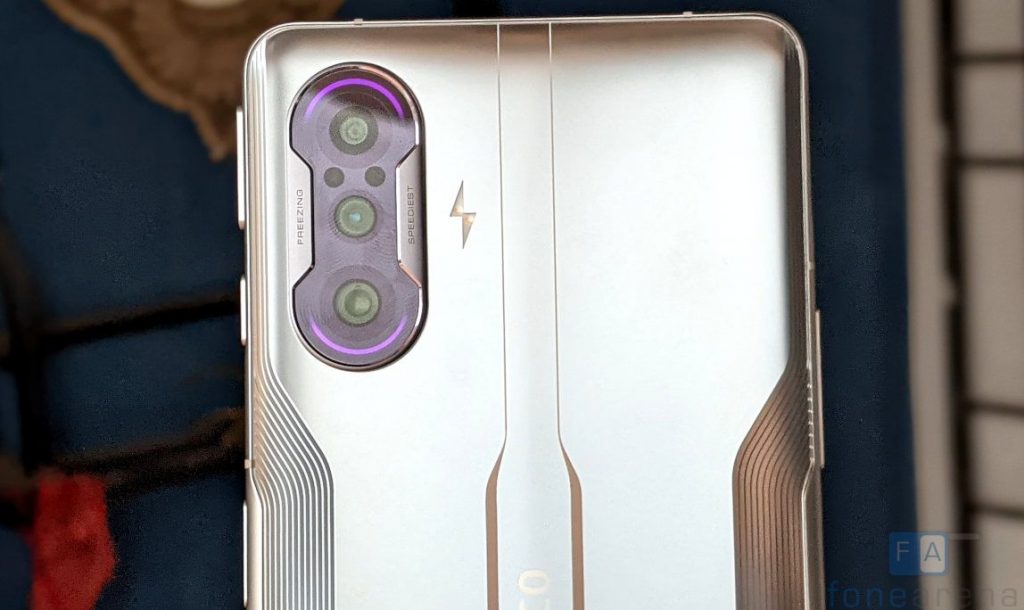
It has a 64MP rear camera with f/1.65 aperture, 8MP ultra-wide angle camera and a 2MP macro camera. You can also see Tactical RGB Glow lights around the Triple camera setup.
You can customize the lights from the Special features option in the settings so that it can use as a notification LED for calls, messages, and charging as well as when gaming when you use game turbo. There is also a schedule option for the light. The look slick, but I don’t keep the phone upside down to use the lights for notification, so I prefer AOD.

Even though the phone has a large screen, it is easy to hold since it is 76.93mm wide. The phone has a glass body with Corning Gorilla Glass 5 protection. It has a Slipstream Design and anti-fingerprint matte finish, and an aerospace-grade aluminum alloy frame with three styles of bevels that includes a square bevel on the sides that makes it easy to hold and a concave bevel on the top. The company says that the back underwent a 22-step engraving process. The Gunmetal Silver has unique hues of metallic silver and blue-ish grey and the phone.
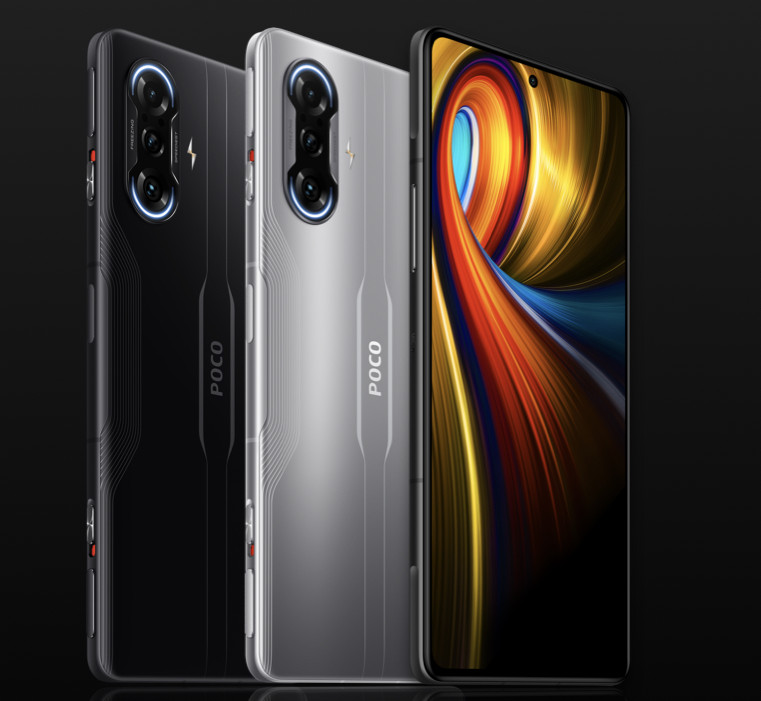
The phone also comes in Predator Black colour with a blend of rich, dark, black. Overall, the phone has a solid build quality, but it might feel huge for some since it has a large screen and weighs 205 grams, mainly due to the glass back and a huge 5065mAh battery. The phone has IP53 ratings that makes it splash resistant, but you still can’t immerse in water since it is not IP67 or IP68 rated.
Camera
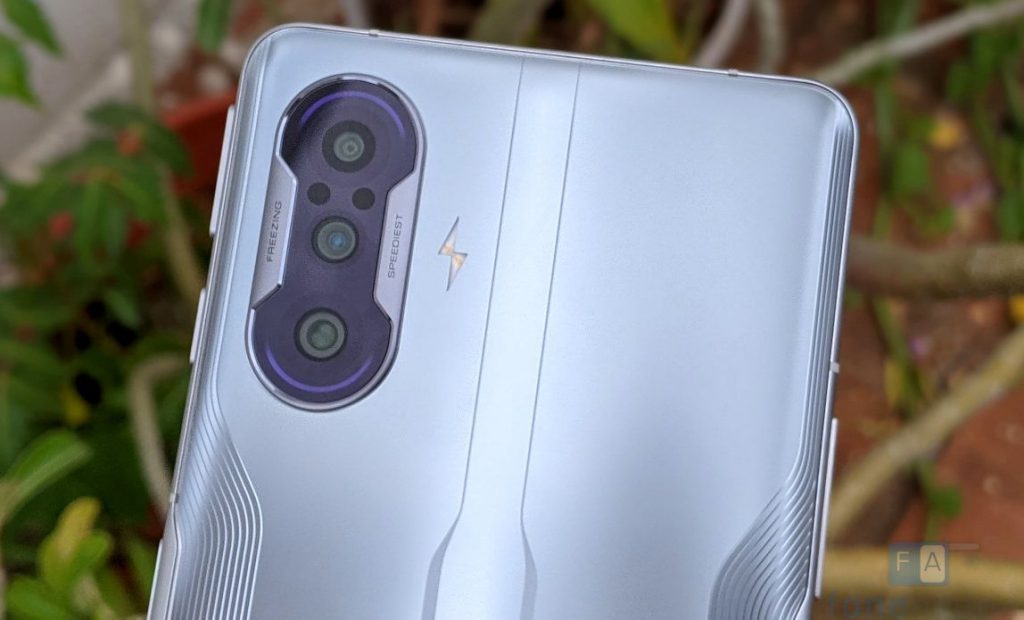
It has a 64MP rear camera with f/1.65 aperture, and has a Extra-Low Dispersion optical hybrid glass lens that promises clearer and crisper shots, 8MP ultra-wide angle camera with f/2.2 aperture and a 2MP macro camera with f/2.4 aperture.
The camera UI is familiar with most smartphones running MIUI 12.5 with flash, HDR, AI, color modes and Google Lens, on the top. Pressing the menu option shows camera frame, timer, movie frame, show grid lines, macro, tilt-shift, Pro colour and timed burst. There is a front camera toggle on the bottom along with option to select modes such as Pro mode to adjust white balance, focus, shutter speed (1/4000s to 30 seconds), ISO (50 to 6400) and option to select main, ultra-wide and macro lens. There is Video, Photo, Portrait and more option with, Night, 64MP, Short Video, Panorama, Documents, Vlog, Slow motion, Time-lapse, Dual video, AI watermark, Long exposure and Clone. The beautify option for the front camera lets you adjust several features, in addition to smoothness. It also has RAW capture by default. It has Cam2API by default, so you can side-load ported Google Camera APKs for advanced editing, including RAW capture.
Coming to the image quality, daylight shots came out well with good dynamic range, thanks to the 64MP sensor. After pixel binning, you get 16MP output. HDR shots are better with improved dynamic range, and macro shots are good, but 2x zoom from the main camera has better details compared to 2MP macro sensor even though you can go as close as 2cms. Wide-angle shots are decent. Portrait shots have good edge detection. 64MP mode that offers a lot of details, but some images can go up to 25MB in size. Even though there is no telephoto lens, it uses the software for offering 2x zoom, which might be handy sometimes.
Low-light shots are just average, even with 4-in-1 Super Pixel technology. The night mode makes it better, but there is noise. Images with flash are good, and the flash is not overpowering. Daylight front camera shots are good, and low-light shots are decent. The output is 16MP in resolution, but the image size is around 4MB. Portrait front camera shots have decent edge detection due to lack of an additional camera, and some portrait shots go up to 10MB.
Check out the camera samples.
It can record videos at 4k resolution at 30 fps, 1080p at up to 60 fps, and it also has slow motion 720p resolution video recording at up to 960fps, but this should be converted into 960fps. You can also shoot 720p videos using the macro camera and 1080p videos using the ultra-wide camera. Check out the video samples below.
Software, UI and Apps
It runs Android 11 out of the box, with MIUI 12.5 on top. It recently got July, 2021 Android security patch recently. MIUI 12 that was introduced earlier this year brings several features including improved animation, Dark mode 2.0, Privacy improvements and more. Android 11 improves privacy features when sharing content and in location permission. The company at the launch of MIUI 12.5 said that it will get option to uninstall several system apps, but it looks like it will be rolled out in an update later. It should be MIUI updates for few years, but the company has not confirmed the number of Android updates it will get. The POCO F1 is still good since there are a lot of custom ROMs, but the MediaTek SoC is not popular for custom ROMs, so might not be a lot of custom ROMs after the updates for the phone stop.
It has Quick ball, One-handed mode, App Lock and more. Inside the special features option there is Game Turbo, video toolbox, floating window, second space LED light and Shoulder buttons customization that lets you add sound effects and animations when they are used.
Since the phone has an infrared sensor for remote function, it comes with Mi Remote that lets you control your home appliances easily. Out of 8GB LPDDR4x RAM, you get 7.53GB of usable RAM, and about 3.5GB of RAM is free when default apps are running in the background. Out of 128GB, you get about 107GB of free storage. It has Dual-Channel UFS 3.1 storage, so we got sequential read speeds of about 1729MB/s, faster than the POCO X3 Pro.
Apart from the usual set of utility apps, Google apps and Xiaomi’s own set of apps, it comes pre-loaded with Amazon Shopping, Facebook, Amazon Prime Video, LinkedIn and Netflix apps. It also asks for additional app installation during setup, which you can skip. You can easily uninstall these apps, but these come up when you reset the phone. Even though there is personalized ads option during set up and recommendations in all the apps, you don’t get any ads in apps, similar to the other POCO, Mi series phones.
Fingerprint sensor and Face unlock
Even though it has an AMOLED screen, the phone has a fingerprint sensor on the ride side, embedded into the power button. It immediately unlocks the phone just by keeping your finger on the power button so that you don’t have to press it. This is more convenient compared to the rear-mounted fingerprint scanner and faster than the in-display fingerprint scanner. You can add up to 5 fingerprints. You can also use the fingerprint for app local and payments in apps. There are also some gesture features in the power button that lets you double tap to perform actions such as take a screenshot, turn on torch, launch camera, enable silent mode, and more. The phone also has face unlock, but it is not as secure as fingerprint since it can be unlocked with a photo.
Music Player and Multimedia
The Mi Music Player is the default music player with usual Xiaomi audio effects and equalizer. Since the phone has stereo speakers, audio is pretty loud. Unlike the POCO X3 or X3 Pro, the back panel doesn’t vibrate on high volume. Audio through earphones connected using a converter is good as well. There is Dolby Atmos and Hi-Fi audio that enhances the audio performance. The phone doesn’t have FM Radio.
It has Widevine L1 support, so you can play HD content on Netflix, Amazon Prime Video and other streaming apps without any issues. It also supports HDR content in Netflix.
Dual SIM and Connectivity
It supports 5G, but only supports n77/n78 5G band, even though other Dimensity 1200-powered phones have support for a lot of bands. It has 4G VoLTE for Reliance Jio, Airtel and other networks and support Dual 4G VoLTE that offers 4G in both the SIM cards at a time. It supports carrier aggregation as well. Other connectivity options include Dual-Band Wi-Fi 802.11 ax with two conventional and one Wi-Fi gaming antenna group. It has VoWiFi / Wi-Fi calling support, Bluetooth 5.2 LE, GPS (L1 + L5), NavIC, but it doesn’t have NFC support. It also has USB OTG support that lets you connect USB drives. Call quality is good, and we did not face any call drops and the earpiece volume was loud.
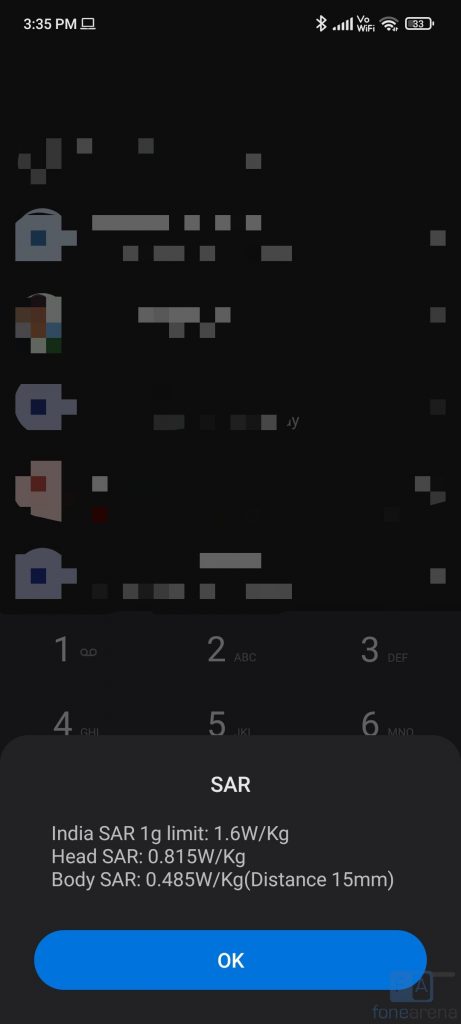
POCO F3 GT’s body SAR is 0.485W/Kg (Distance:15mm), head SAR is at 0.815W/Kg, which is slightly more than the POCO X3 and is well under the limit in India which is 1.6 W/kg (over 1 g).
Performance and Benchmarks
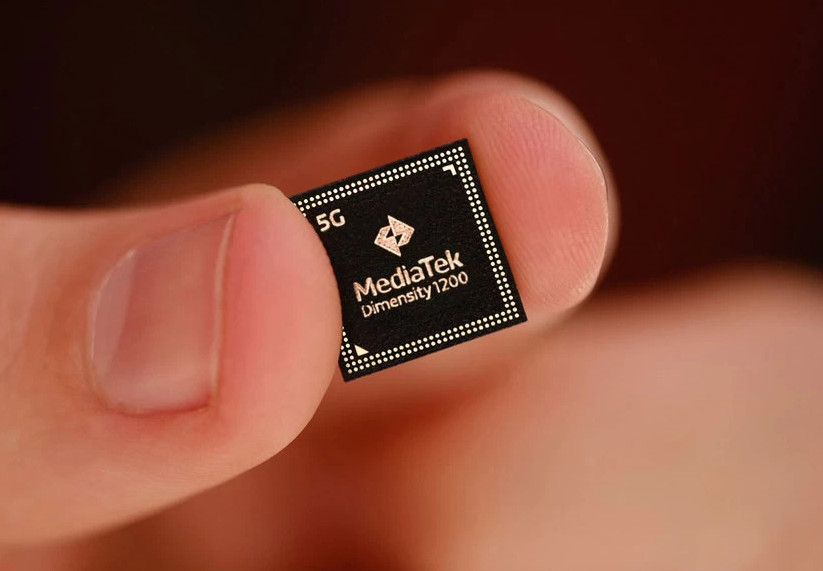
Coming to the performance, this is one of the few phones to be powered by an Octa-Core MediaTek Dimensity 1200 6nm processor. It has 1x Cortex-A78 @ 3GHz, 3x Cortex-A78 @ 2.6GHz and 4x Cortex-A55 @ 2GHz. It has ARM G77 MC9 GPU. The phone has an 8-layer graphite layers combined with super-large vapor chambers, and new aerospace-grade heat dissipation material with a built-in “white graphene” layer that covers 11540mm², which not only efficiently dissipates heat for the charging chip, but also offers good insulation to reduce its impact on nearby antennas to reduce the temperature by 2°C.
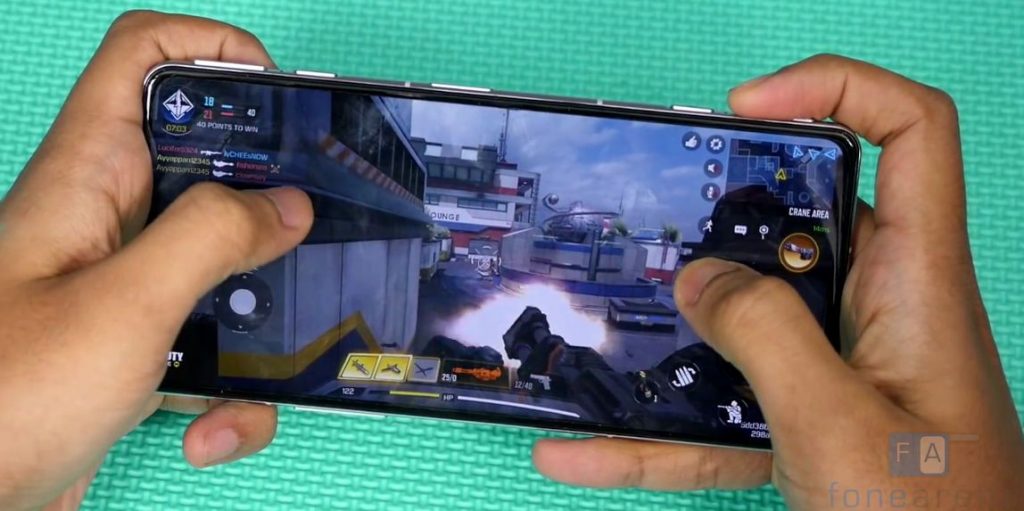
We did not face any issues or frame drops in the graphic-intensive games. COD, BGMI, Genshin Impact, Dead Trigger and Asphalt 9 were smooth without any issues. Thanks to 120Hz refresh rate, gaming was super smooth in games that support it. It gets a bit warm on intensive gaming on 4G, but it doesn’t get too hot. The gaming triggers are useful in games, and you have to map them carefully. Since most are used to touch controls, it takes time to get used to the physical triggers. That said, check out some synthetic benchmark scores below.
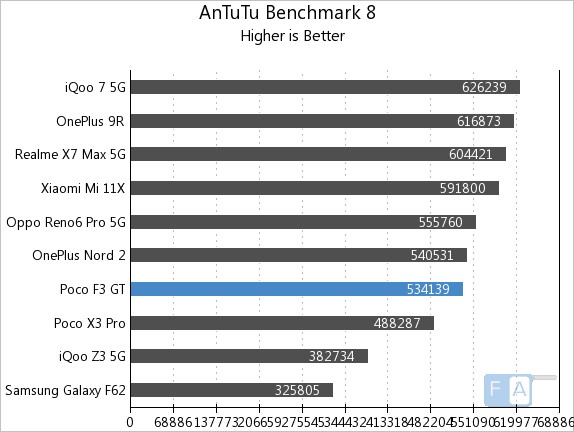
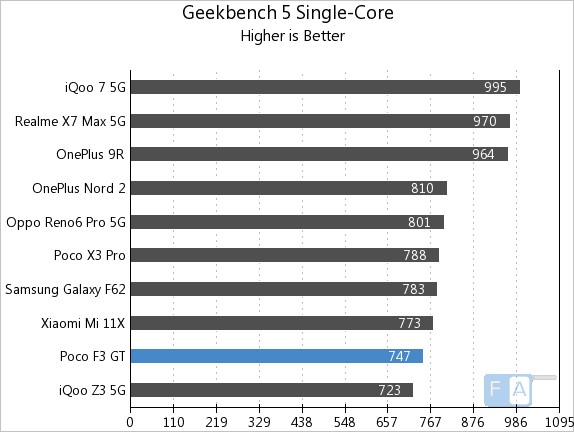
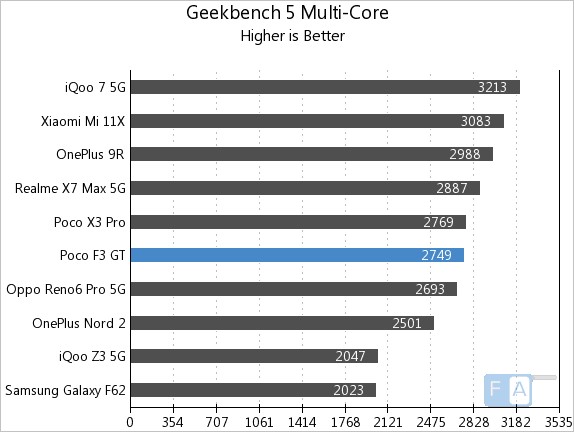
Battery life
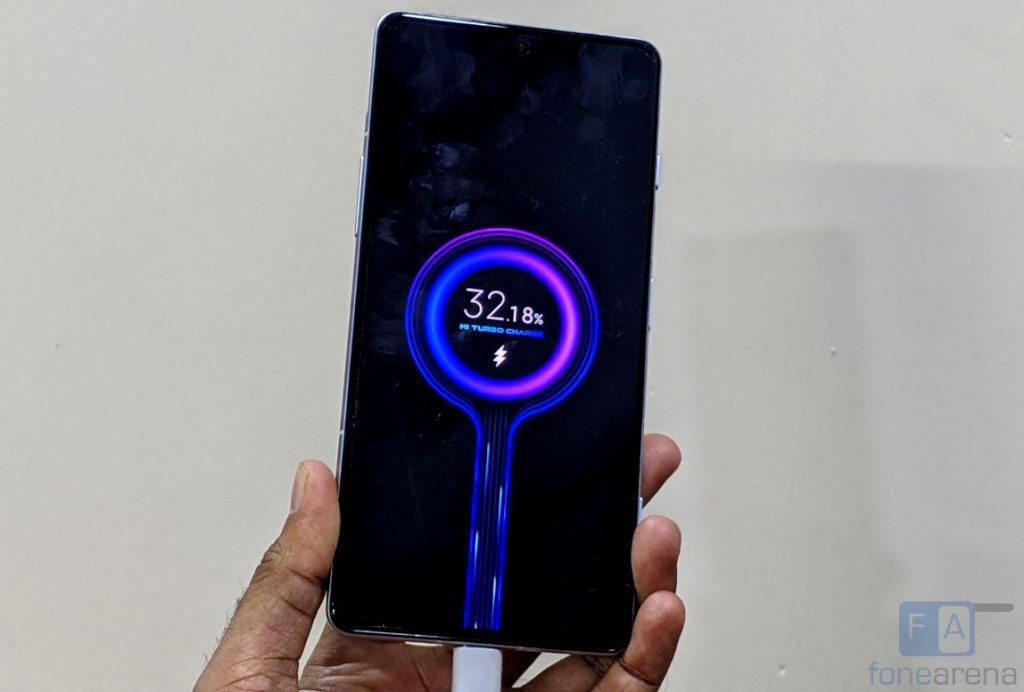
Coming to the battery life, the 5065mAh (typical) built-in battery lasts for more than a day even with heavy use with 120Hz refresh rate enabled, and with average use it lasts for two days, thanks to optimization in the MIUI. I got over 6 hours of screen on time with a day of use in 120Hz refresh rate. Even though it doesn’t mention 120Hz as adaptive, it automatically switches to 60Hz when you don’t need it, mainly to optimize the battery life. The phone has support for 67W fast charging for the first time in the price range, so it just takes around 45 minutes for 0 to 100% and 0 to 50% takes just 15 minutes using the bundled 67W Turbo charger.
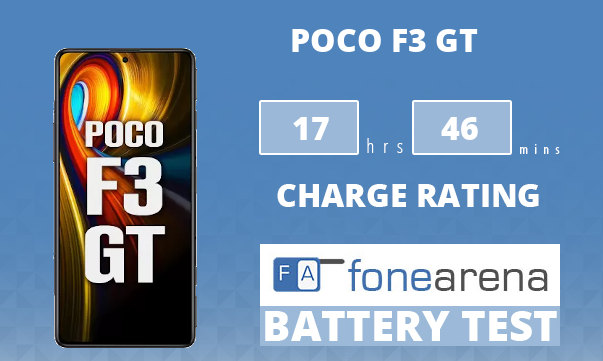
It achieved One Charge Rating of 17 hours and 46 minutes in our battery test which is good for a phone with a 5065mAh battery. We tested it in 120Hz, which is default, so it should be better in 60Hz. Battery life is based on different factors such as software optimization and the processing power that requires to power the phone, so if the phone lasts for a day with heavy use, it is good.
Conclusion
At a starting price of Rs. 26,999, the POCO F3 GT is good gaming phone for what you pay. The 120Hz AMOLED screen with minimal bezels offers a good multi-media performance as well, and the phone offers smooth performance and a lag-free gaming performance combined with the triggers which are useful. It offers a brilliant life with support for fast charging, and the glass body offers premium look and feel, but the phone might feel bulky for some users due to its weight and design. The camera quality could have been better, especially in low-light. Wish the company had launched the 12GB RAM to compete with the thee competition in the similar price range.
Competition
The OnePlus Nord 2 is a good alternative that offers a better camera experience, but has it has a smaller 90Hz screen. The realme X7 Max is also a good option in the price range. If you spend a bit more, the iQOO 7 with Snapdragon 870 offers a better performance.
Availability
Priced at Rs. 26,999 for the 6GB RAM with 128GB storage version, Rs. 28,999 for 8GB RAM with 128GB storage version and Rs. 30,999 for the 8GB RAM with 256GB storage version, it is available from Flipkart, but only select versions are in stock.
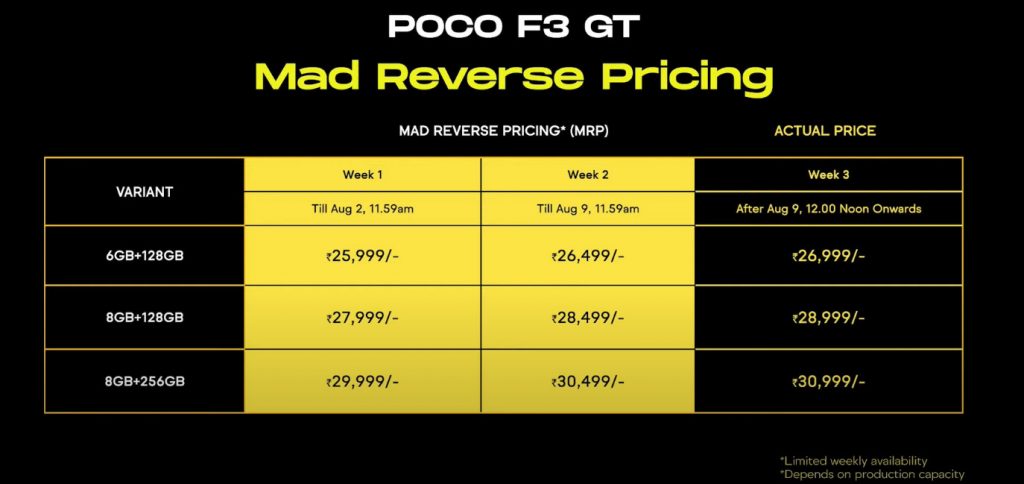
POCO has also announced a limited-period pricing for the first two weeks of launch to attract the buyers.
Pros
- 120Hz AMOLED HDR display is brilliant
- Smooth performance and good gaming performance
- Stereo speakers, Dolby Atmos
- IP53 ratings for water resistance
- Good battery life with 67W fast charging
Cons
- Might be huge and bulky for some
- Average camera performance
- Lacks microSD slot and 3.5 mm audio jack




